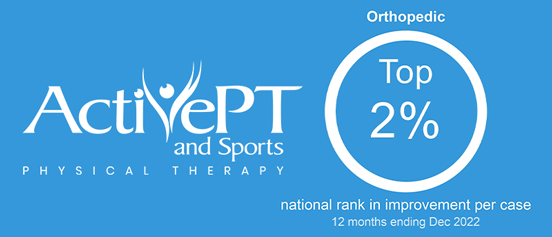By Woody Lucas, DPT, OCS
Soccer is a demanding sport – it is common for soccer athletes to have a variety of lower extremity injuries throughout their careers. One of the more common injuries we see in soccer athletes is a hamstring strain. The hamstring muscles are located on the back of the thigh and are primarily responsible for bending the knee. However, in the soccer athlete they are important for activities such as sprinting and reacting to changing speeds on the pitch.
When do these injuries typically occur?
In soccer athletes, hamstring injuries can occur several different ways. Oftentimes, a hamstring injury will occur when a soccer athlete is attempting to change speed- this can be rapidly accelerating into a sprint, or rapidly decelerating in reaction to a developing play. Hamstring injuries are often accompanied by pain located on the back of the thigh. Additionally, pain will typically increase when attempting to bend the knee.
Are there ways to prevent a hamstring injury?
Although injury prevention can never be fully promised, there is research to support that appropriate strength training will reduce your risk of injury. As I mentioned previously, soccer is a sport that places a high demand on the muscles of the lower extremities. Exposing muscles such as the hamstrings to high demands in a controlled training environment will help them to handle the demands of a soccer match without pain or injury.
What would treatment of a hamstring injury look like?
In order to treat your hamstring injury, your physical therapist would perform a thorough hands-on assessment to determine the nature and extent of your injury. Based on this assessment, your therapist would develop an individualized treatment program that would include hands on techniques and specific exercises to help you get back to playing soccer as soon as possible. If additional work-up was needed, your therapist would be able to connect you with the appropriate healthcare provider.
I’m having pain – is physical therapy a good option for me?
Generally speaking, physical therapy should be a first line treatment for a hamstring strain. Your therapist will work with you to develop an individualized plan that focuses on meeting your goals. A combination of hands-on therapies and exercises will help you return to soccer in a safe and effective manner.
Have questions about pain/injury or strength training? Our soccer specialists are here to help. Schedule a free 15 minute screening today.
Woody Lucas, PT, DPT, OCS is one of our soccer specialists at ActivePT and Sports. As a former collegiate soccer player, he is passionate about working with soccer athletes and helping them reach their goals. In his free time, he still enjoys playing soccer in local leagues.




